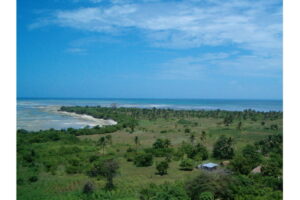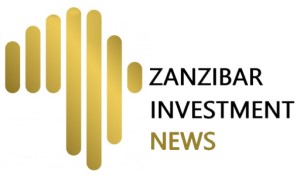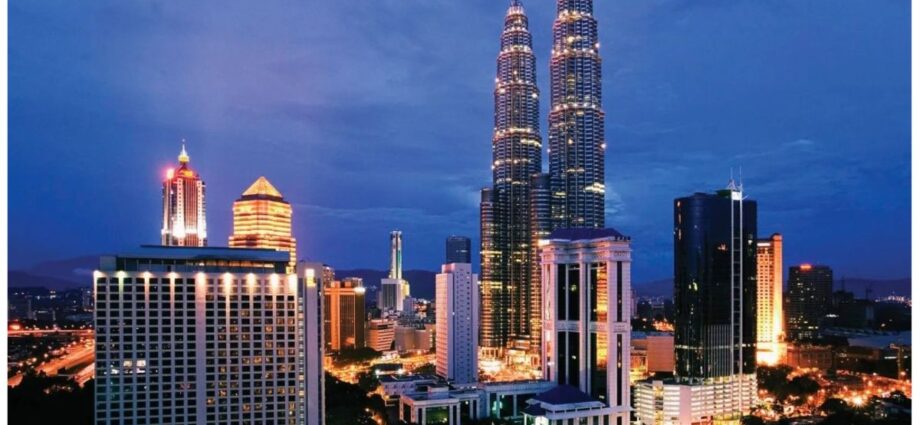Tanzania Becoming Middle-Income Country
Tanzania is set towards becoming a middle-income country as the economy grew by an average of 6.5 per cent per year in the past decade. The Tanzania Development Vision 2025 highlighted small and medium-sized enterprises (SMEs) sector as one important contributor to the country’s long-term development. It is estimated that Tanzania’s SME sector consists of more than 3 million enterprises which contribute to 27 per cent of overall GDP. A considerable number of them are in agro-processing, and more than half are owned by women.
However, key constraints remain for SMEs development among which access to finance is the most critical. As such, the government of Tanzania is currently working with the World Bank and other multilateral financial institutions to increase access to finance for SMEs.
Constraints facing Tanzanian SMEs largely resemble those faced by Malaysian SMEs. In the past two decades, the Malaysian government pursued reforms and undertook interventions to address these issues. Now Malaysia is known to have one of the most vibrant SMEs sectors in Asia. The SMEs sector in Malaysia contributed 37 per cent to GDP, 65 per cent of employment and 16 per cent of exports in 2016. The sector is expected to grow at a rate of at least 6 per cent per year.
The success story of Malaysia in addressing the constraints of access to finance for SMEs has attracted attention from other developing countries. Tanzania sent a delegation there from the Ministry of Finance in 2017 to learn more about their experience. There is no doubt that the experienced learnt would serve to enrich the new SMEs Development Policy. The government is updating the old policy that has been in place for about 20 years.
What Tanzanian officials learnt from Malaysia is that good planning and coordination are essential. A robust SMEs development strategy requires adequate inter-ministerial coordination because SMEs operate within many sectors. Policymakers must realize that SME development is a long-term undertaking that needs support from the highest level of government. In Malaysia’s case, there exists a National SME Development Council (NSDC). It was established in 2004 and is chaired by the Prime Minister. Its members included 18 ministers and the heads of key agencies with a full-time secretariat, the SME Corporation.
The Malaysian government prepared a long-term SMEs development plan, the SMEs Master Plan 2012-2020. A good planning document should clearly state its vision and goals, and also describe systematically the interventions needed to strengthen SMEs. It should have a framework to measure results. For example, according to the Master Plan, SMEs in Malaysia were targeted to contribute 41 per cent of GDP, 65 per cent of employment and 23 per cent of export with specific result indicators for the interim years by 2020.
Address all constraints – not just financing. In addition to access to finance other constraints which hindered SME growth in Malaysia included market access, legal and regulatory frameworks, infrastructure, human capital, technology including. Therefore, interventions should be a combination of financing, advocacy, advisory, training and other forms of technical assistance activities. Many governments only focus their interventions on access to finance but do not address other constraints, and therefore do not achieve optimal outcomes.
Develop the SME financing ecosystem. Access to finance itself is a complex and broad topic that goes beyond the provision of credit. Malaysia’s government recognized this fact and built a comprehensive SME financing ecosystem. The ecosystem consists of several distinct but mutually reinforcing elements: institutional arrangements, financing schemes, education and awareness, facilities to seek information and redress, as well as debt resolution programs. Having a financing ecosystem is important because the needs of SMEs will evolve as they become more sophisticated.
Provide a wide spectrum of financing services and products. The SME sector comprises of enterprises with different characteristics. Common differentiating characters are size, sector, location, business life cycle, and ownership profile (gender, education, etc). SMEs may have different needs for financial services and products according to their characteristics. Malaysia’s comprehensive financing landscape combines government grants and soft-loan schemes with commercial loans, credit guarantees, equity-based financing and other products. Both conventional and Islamic financing services are also available. Service providers range from traditional financial institutions such as development financial institutions, commercial banks, credit guarantee institutions and investment companies, to new players in SME financing: financial technology companies.
The Malaysian experience has had its own challenges and pitfalls. Still, the key takeaways have been useful to help Tanzania’s government delegation chart its own journey in SME development with optimism. (worldbank.org)
Share this news
This Year’s Most Read News Stories

Africa: Rwanda Gets a Grip Of Marburg, But Mpox ‘Not Yet Under Control’

Monrovia — The Rwanda Minister of State responsible for Health, Dr. Yvan Butera, cautioned that while the country is beginning to see positive signals in its fight against the Marburg virus, the outbreak is “not yet over”. He, however, expressed hope that “we are headed in that direction”. The minister said the epidemiology trend, since the disease was first discovered in the country more than a month ago, is moving towards fewer cases.
Dr. Butera, who was giving updates during an online briefing yesterday, said in the past two weeks, only two deaths were recorded while 14 people recovered from the disease. He said Rwanda was expanding its testing capacity with 16,000 people already inoculated against the disease.
The priority right now, Butera said, is “rapid testing and detection”.
Marburg is a highly virulent disease transmitted through human-to-human contact or contact with an infected animal. The fatality rate of cases, which has varied over the period, is more than 50%, according to the World Health Organization. WHO said the highest number of new confirmed cases in Rwanda were reported in the first two weeks of the outbreak. There’s been a “sharp decline” in the last few weeks, with the country now tackling over 60 cases.
At Thursday’s briefing, a senior official of the Africa Centers for Disease Control, Dr. Ngashi Ngongo, said mpox – the other infectious disease outbreak that countries in the region are fighting – was been reported in 19 countries, with Mauritius being the latest country to confirm a case. He said although no new cases have been recorded in recent weeks in several countries where outbreaks occurred previously – including Cameroon, South Africa, Guinea, and Gabon – Uganda confirmed its first Mpox death. This, he said, is one of two fatalities reported outside Central Africa.
Dr. Ngashi revealed that there was an increase in cases in Liberia and Uganda. He said mpox cases were still on an upward trend.
“The situation is not yet under control.”
Source: allafrica.com

Top US investor sells 600m Safaricom shares in dividend protest
An American multinational investment management firm is selling millions of shares held in Safaricom in protest over delays in dividend repatriation amid the fall of the telco’s valuation to below Sh600 billion.Continue Reading

Muslims in Pemba conduct special prayer against ZAA decision
ZANZIBAR: More than 200 Muslims in Vitongoji Village, South Pemba Region over the weekend conducted a special prayer to condemn the Zanzibar Airports Authority (ZAA) move to appoint DNATA as the sole ground handler in Terminal III of the International Airport of Zanzibar. Abeid Amani Karume.Continue Reading












